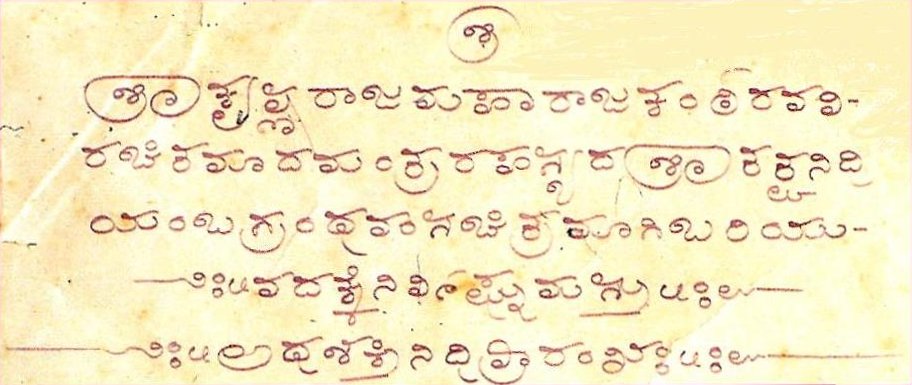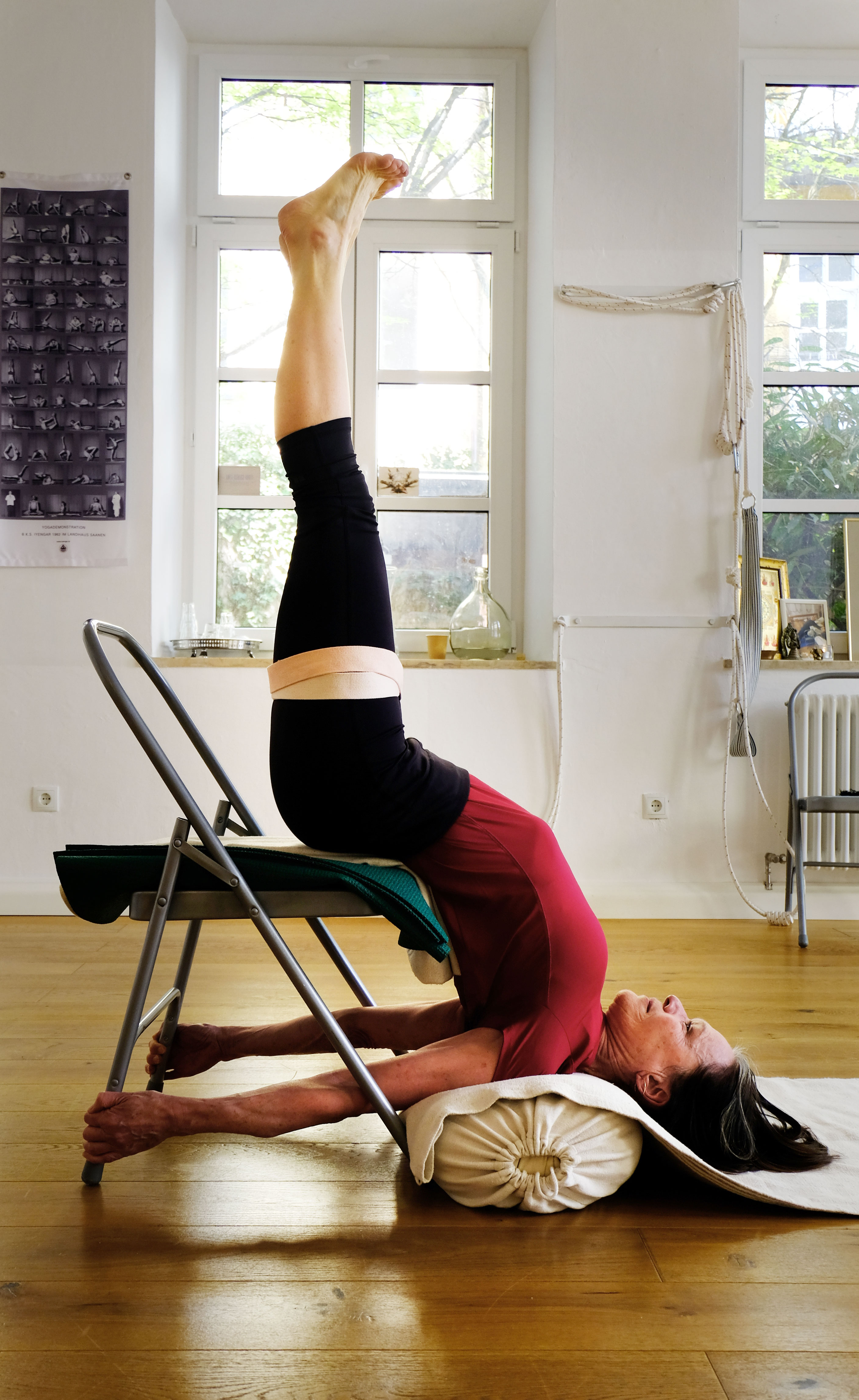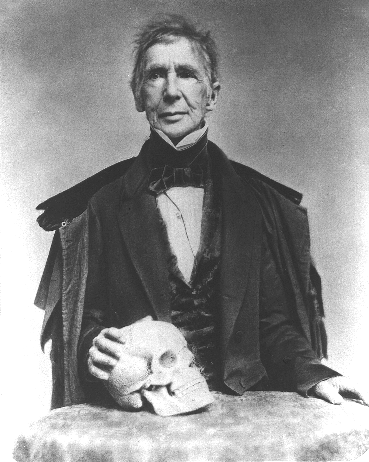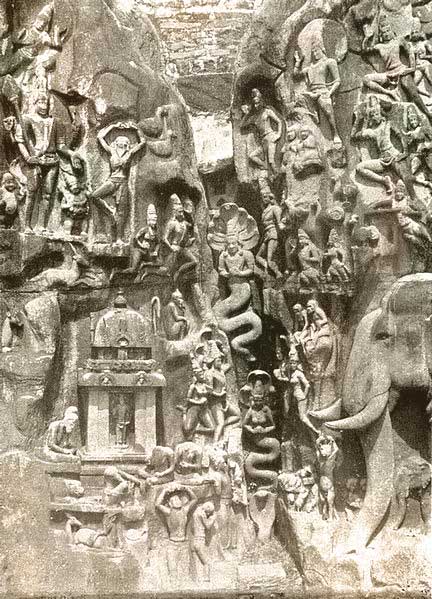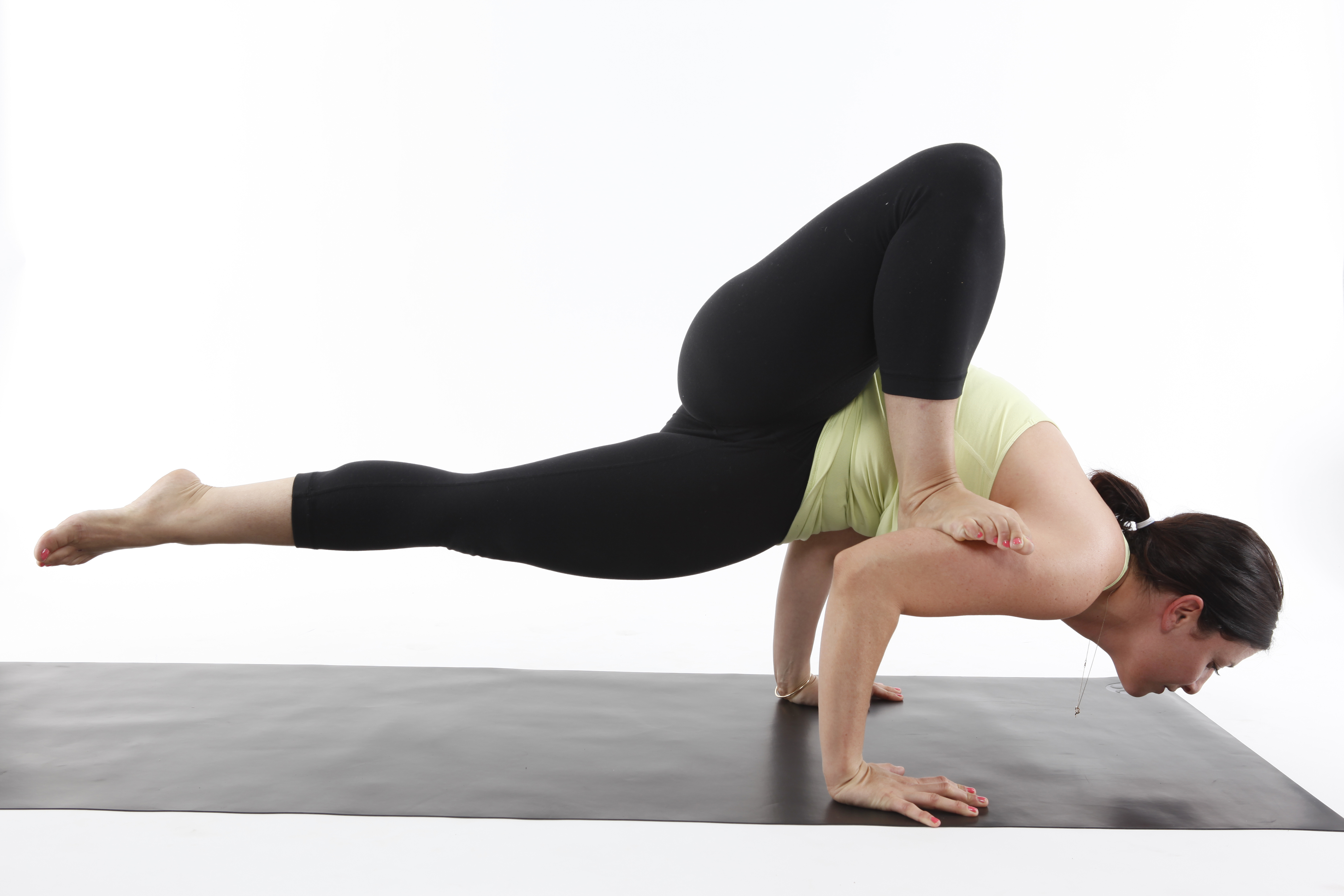|
Aṇkuśāsana
Durvasasana () or Durvasana, is an advanced standing asana in hatha yoga, with one leg raised and the foot hooked behind the neck. The similar Trivikramasana () has the raised leg straight. There are seated and reclining variations including Bhairavasana. Versions of the pose are depicted in statues in Karnataka and Tamil Nadu from the 8th century onwards. Trivikramasana is described in the 18th century ''Haṭhābhyāsapaddhati''; a pose close to Durvasasana is illustrated as "Trivikramasana" in the 19th century ''Sritattvanidhi''. Etymology and origins Durvasasana is named after Durvasa (), a proverbially angry sage. Trivikramasana is named after Trivikrama, a figure in Hindu mythology whose name means "three strides". The pose is depicted in the 13th – 18th century statues of Bharatnatyam dance that decorate the Eastern Gopuram of the Nataraja Temple, Chidambaram in Tamil Nadu. The 18th century ''Haṭhābhyāsapaddhati'' verse 81 describes a pose that it names Trivikrama ... [...More Info...] [...Related Items...] OR: [Wikipedia] [Google] [Baidu] |
Sritattvanidhi
The ''Sritattvanidhi'' (, "The Illustrious Treasure of Realities") is a treatise written in the 19th century in the Mysore Palace, Karnataka on the iconography and iconometry of divine figures in South India. One of its sections includes instructions for, and illustrations of, 122 hatha yoga postures. Authorship The ''Sritattvanidhi'' is attributed to the then Maharaja of Mysore, Krishnaraja Woḍeyar III (b. 1794 - d. 1868). The Maharaja was a great patron of art and learning, and was himself a scholar and writer. Around 50 works are ascribed to him. The first page of the ''Sritattvanidhi'' attributes authorship of the work to the Maharaja himself: Martin-Dubost's review of the history of this work says that the Maharaja funded an effort to put together in one work all available information concerning the iconography and iconometry of divine figures in South India. He asked that a vast treatise be written, which he then had illustrated by miniaturists from his palace. ... [...More Info...] [...Related Items...] OR: [Wikipedia] [Google] [Baidu] |
Elephant Goad
The elephant goad, bullhook, or ankusha is a tool employed by mahout in the handling and training of elephants. The pointed tip of an elephant goad or a bullhook could be used to stab the elephant's head if the elephant charged nearby people, risking injury or death to the rider and bystanders. The elephant goad consists of a hook (usually bronze or steel) which is attached to a handle, ending in a tapered end. A relief at Sanchi and a fresco at the Ajanta Caves depict a three-person crew on the war elephant, the driver with an elephant goad, what appears to be a noble warrior behind the driver and another attendant on the posterior of the elephant.Nossov, Konstantin & Dennis, Peter (2008). ''War Elephants''. illustrated by Peter Dennis. Edition: illustrated. Osprey Publishing.(accessed: Monday April 13, 2009), p.18 Nossov and Dennis (2008: p. 19) report that two perfectly preserved elephant goads were recovered from an archaeological site at Taxila and are dated from 3rd cen ... [...More Info...] [...Related Items...] OR: [Wikipedia] [Google] [Baidu] |
Ek Padasirsasana
EK, Ek or ek may refer to: Businesses and organizations * Eastern Kentucky Railway (with reporting mark EK), now-defunct railway * Eastman Kodak (formerly with NYSE ticker symbol EK), US-based photography company, formerly * Ek Commando Knife Co., US knife manufacturer * ''Elinkeinoelämän keskusliitto'', Confederation of Finnish Industries * Emirates (airline) (IATA airline designator EK) * European Kindred, prison/street gang in the United States People People whose surname is Ek, or whose names include Ek, are listed at Ek. Places * East Kilbride, town in South Lanarkshire, Scotland * Ek Park, cricket ground in Kitwe, Zambia * Enchanted Kingdom, theme park in the Philippines Science * Exakelvin, unit of temperature, abbreviated as EK * Kinetic energy, in physics, abbreviated as Ek Other uses * ''Eisernes Kreuz'', German acronym for the Iron Cross * ek, the number 'one' in Hindi (Devanagari numerals) * Ektara, ek tar, or ik tar, "one string," Indian musical instrument * ... [...More Info...] [...Related Items...] OR: [Wikipedia] [Google] [Baidu] |
Yoga Using Props
Props used in yoga include chairs, Yoga brick, blocks, belts, Yoga mat, mats, blankets, bolsters, and straps. They are used in Yoga as exercise, postural yoga to assist with correct alignment in an asana, for ease in mindful yoga practice, to enable poses to be held for longer periods in Yin Yoga, where support may allow muscles to relax, and to enable people with movement restricted for any reason, such as stiffness, injury, or arthritis, to continue with their practice. One prop, the yoga strap, has an ancient history, being depicted in temple sculptures and described in manuscripts from ancient and medieval times; it was used in ''Sopasrayasana'', also called ''Yogapattasana'', a seated Meditation posture, meditation pose with the legs crossed and supported by the strap. In modern times, the use of props is associated especially with the yoga guru B. K. S. Iyengar; his disciplined style required props including belts, blocks, and ropes. History The ''yogapaṭṭa'' in sc ... [...More Info...] [...Related Items...] OR: [Wikipedia] [Google] [Baidu] |
Pattadakal
Pattadakal (Pattadakallu), also called Raktapura, is a complex of 7th and 8th century CE Hindu and Jain temples in northern Karnataka, India. Located on the west bank of the Malaprabha River in Bagalkot district, this UNESCO World Heritage Site is from Badami and about from Aihole, both of which are historically significant centres of Badami Chalukya architecture, Chalukya monuments.World Heritage Sites – Pattadakal – More Detail Archaeological Survey of India, Government of India (2012) The monument is a protected site under Indian law and is managed by the Archaeological Survey of India (ASI). UNESCO has described Pattadakal as "a harmonious blend of architectural forms from northern and southern India" and an illustration of "eclectic art" at its height. T ... [...More Info...] [...Related Items...] OR: [Wikipedia] [Google] [Baidu] |
Thomas Dwight
Thomas Dwight (1843–1911) was an American physician, anatomist and teacher. Early ife Thomas Dwight was born on October 13, 1843, in Boston, Massachusetts. His father was also named Thomas Dwight (born September 27, 1807 – 1876 ), part of the New England Dwight family. His mother was Mary Collins Warren (b. Jan 19, 1816-Oct 22. 1900 ), whose father John Collins Warren (1778 –1856), and grandfather John Warren (1753–1815) were both surgeons. Dwight joined the Catholic Church in 1856, and graduated from the Harvard Medical School in 1867. He then studied abroad. Career Dwight was instructor in comparative anatomy at Harvard College, from 1872 to 1873. Hee also lectured at Bowdoin College. He succeeded Oliver Wendell Holmes Sr. as Parkman professor of anatomy at Harvard Medical School in 1883. In the Warren Museum of Anatomy at Harvard, Dwight arranged a section of osteology, considered one of the best in existence, and he had an international reputation as an anatomi ... [...More Info...] [...Related Items...] OR: [Wikipedia] [Google] [Baidu] |
Standing Asanas
The standing asanas are the yoga poses or asanas with one or both feet on the ground, and the body more or less upright. They are among the most distinctive features of modern yoga as exercise. Until the 20th century there were very few of these, the best example being Vrikshasana, Tree Pose. From the time of Krishnamacharya in Mysore, many standing poses have been created. Two major sources of these asanas have been identified: the exercise sequence Surya Namaskar (the salute to the sun); and the gymnastics widely practised in India at the time, based on the prevailing physical culture. The origin of standing asanas has been controversial since Mark Singleton (yoga scholar), Mark Singleton argued in 2010 that some forms of modern yoga represent a radical reworking of hatha yoga, in particular by adding standing asanas and transitions (vinyasas) between them, and by suppressing most non-postural aspects of yoga, rather than a smooth continuation of ancient traditions. These change ... [...More Info...] [...Related Items...] OR: [Wikipedia] [Google] [Baidu] |
Anjali Mudra
Añjali (Devanagari: अञ्जलि) is a Sanskrit word that means "salutation" or "reverence". It is not only a given name, but also the name given to the greeting between Hindus, Buddhists and other religions on the Indian subcontinent: Añjali_Mudrā, hands folded together. It may refer to: People Actors * Anjali (actress) (born 1986), Indian actress * Anjali Abrol (born 1990), Indian actress * Anjali Bhimani, Indian-American actress * Anjali Devi (1927–2014), Indian actress and producer * Anjali Jay (born 1975), English actress * Anjali Lavania (born 1986), Indian actress and model * Anjali Patil (born 1987), Indian actress * Anjali Sudhakar (born 1972), Indian actress In other arts * Anjali Joseph (born 1978), British-Indian author, journalist, and teacher * Anjali Lavania (born 1986), Indian actress and model * Anjali Mendes (1946–2010), Indian fashion model * Anjali Ranadivé (born 1992), Indian singer-songwriter and marine conservationist In sport * Anjali Bha ... [...More Info...] [...Related Items...] OR: [Wikipedia] [Google] [Baidu] |
Ujjayi
Ujjayi (, IAST ujjāyī, "victorious" or "conquering" ) is a pranayama ( breathing technique) practised simultaneously with asanas in modern yoga as exercise. It is practised especially in Pattabhi Jois's Ashtanga (vinyasa) yoga, where it accompanies vigorous asana flow exercise. It is described as a seated practice in B. K. S. Iyengar's 1966 book ''Light on Yoga''. Etymology and origins "Ujjayi ranayama () means "victorious or conquering reath in Sanskrit. According to B. K. S. Iyengar, the prefix "ut" denotes superiority, while the word "jaya" means victory or conquest. While ujjayi is described as pranayama, the classical yoga practice is stated by the yoga scholar Andrea Jain to have been "marginal to the most widely cited sources" before the 20th century, and "dramatically" unlike the modern ones. She writes that while modern pranayama in yoga as exercise consists of synchronising the breath with movements (between asanas), in classical texts like the ''Bhagavad Git ... [...More Info...] [...Related Items...] OR: [Wikipedia] [Google] [Baidu] |
Ashtanga (vinyasa) Yoga
Ashtanga yoga (not to be confused with Patanjali's ''Ashtanga (eight limbs of yoga), aṣṭāṅgayoga'', the eight limbs of yoga) is a style of yoga as exercise popularised by K. Pattabhi Jois during the twentieth century, often promoted as a dynamic form of medieval hatha yoga. Jois claimed to have learnt the system from his teacher Tirumalai Krishnamacharya. The style is energetic, synchronising breath with movements. The individual poses (asanas) are linked by flowing movements called vinyasas. Jois established his Ashtanga Yoga Research Institute in 1948. The current style of teaching is called "Mysore style", after the city in India where the practice was originally taught. Ashtanga yoga has given rise to various spinoff styles of Power Yoga, power yoga. Approach Traditionally, Ashtanga yoga students memorised a sequence of asanas and practised it together without being led by a teacher. Teacher-led classes were introduced in K. Pattabhi Jois's later years. Such classes ... [...More Info...] [...Related Items...] OR: [Wikipedia] [Google] [Baidu] |
Yoga Journal
''Yoga Journal'' is a website and digital journal, formerly a print magazine, on yoga as exercise founded in California in 1975 with the goal of combining the essence of traditional yoga with scientific understanding. It has produced live events and materials such as DVDs on yoga and related subjects. The magazine grew from the California Yoga Teachers Association's newsletter, which was called ''The Word''. ''Yoga Journal'' has repeatedly won Western Publications Association's Maggie Awards for "Best Health and Fitness Magazine". It has however been criticized for representing yoga as being intended for affluent white women; in 2019 it attempted to remedy this by choosing a wider variety of yoga models. The magazine was acquired by Outside in 2020. Beginnings ''Yoga Journal'' was started in May 1975 by the California Yoga Teachers Association (CYTA), with Rama Jyoti Vernon as President, William Staniger as the founding editor, and Judith Lasater on the board and serving as ... [...More Info...] [...Related Items...] OR: [Wikipedia] [Google] [Baidu] |

